

Matt Campbell
2025 Toyota Yaris Cross review
5 Days Ago

Marketplace Editor
Nissan Australia has voiced its support for the Australian Government’s New Vehicle Efficiency Standard (NVES), but is calling for numerous amendments and reforms to help bring more efficient vehicles to market sooner.
The managing director for Nissan Australia and Oceania, Adam Paterson, told CarExpert the Japanese brand is “committed to electric vehicles and carbon neutrality” and “co-designing an NVES with the Government that works for all Australians”.
“Because of our pioneering Leaf, we’ve worked with governments across the world for many years now to to encourage the switch [to electric],” Mr Paterson told media.
“At a local level, we have long supported a national or federal strategy that provides direction to the industry, and we’re very happy to work with the Australian Government to identify the right mix of policies that will deliver on the goals of [the] NVES.
“Our long-standing experience in other markets has shown that well designed standards help consumers access a wider range of more accessible, affordable and efficient vehicles.

“In concept, Nissan Australia is aligned to the Government’s Option B NVES proposal, however there are some key modifications to it that need to be made in order for it to be a success for consumers as well as its goal obviously, which is to decarbonise automotive here in Australia.”
Mr Paterson then went on to detail Nissan’s proposed modifications to the NVES scheme that centre around timeframe, Australian Design Rules (ADR) and type approvals, as well as credits for zero-emission vehicles.
“The first is to smooth the implementation period so that manufacturers such as ourselves have sufficient time to modify our vehicle range and model lineups,” he said.
“We have also requested to amend vehicle type approval requirements to allow direct acceptance of type approved vehicles from major global markets and full volume supply to speed up the introduction of new vehicles.
“There are some very specific engineering elements of that. Essentially, what that allows us to do is access vehicles from other markets that still meet important regulatory requirements and bring them here faster.
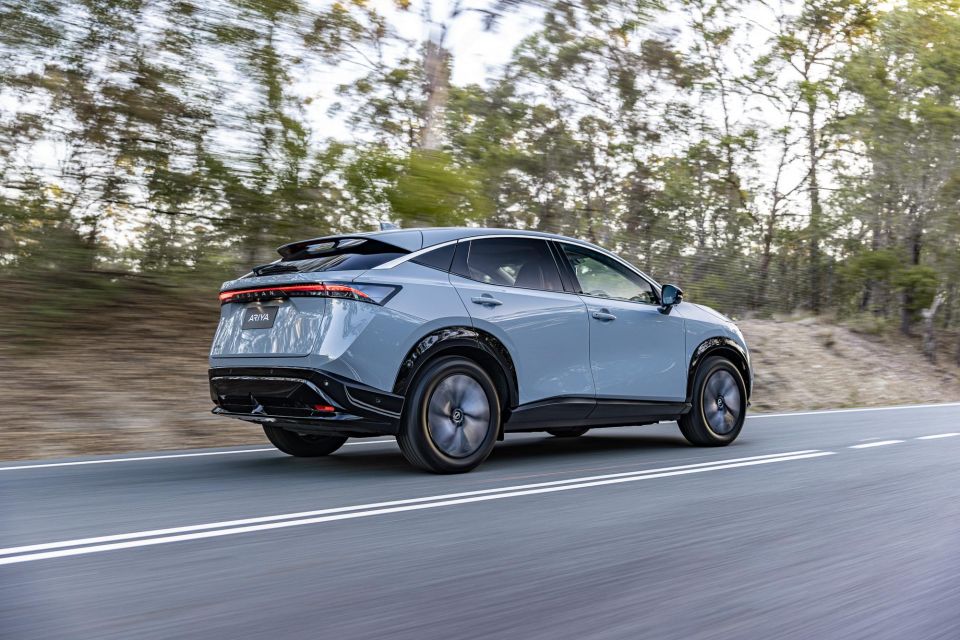
“[Next is] to introduce technology credits for zero emission vehicles; we believe that the MC category [Off-Road Passenger Vehicles, e.g. Nissan’s Patrol] should be classified as an LCV or LCVs – this brings the standards in line with design and emissions requirements as well as their electrification pathway.
“Essentially, these vehicles share very similar engineering standards [to light commercial vehicles] and as such be classified in the same category.”
Mr Paterson also said the company wants to remove break points – which align targets to vehicle weight thresholds – and base all targets on actual vehicle mass “as a result of the additional technology that is required to meet ADR requirements”.
Lastly, consumer incentives form an important part of Nissan’s proposal, focusing on driving consumer demand.
“It’s very important to drive the demand side of the equation as well as the availability side of the equation. We’ve seen in every major market that government incentives on the demand side help drive the uptake of electric vehicles, and that’s what we’ve articulated to the government as an important element of their scheme,” Mr Paterson continued.
“But as I said, we are fully supportive of a clear federal mandate, and we applaud the government for moving in this direction and giving us the opportunity as a manufacturer to provide our input into how they go about legislating this scheme.

The New Vehicle Efficiency Standard will see manufacturers subject to targets for average CO2 emissions per kilometre across their vehicle fleets. Over time this CO2 target will move, forcing companies to provide vehicles with lower or zero emissions to meet stricter targets.
The Australian Government said it would consult with stakeholders on its preferred model until March 4, 2024, before introducing legislation “as soon as possible”. It’s aiming for the new rules, which will affect new passenger and light commercial vehicles, to come into effect by January 1, 2025.
As with the US’ Corporate Average Fuel Economy (CAFE) standard, which has been in effect since 1978, companies can still sell vehicles with heavier fuel consumption. However, they’ll need to offset these vehicles with more fuel-efficient models.
If companies meet or beat their CO2 target, they’ll receive credits. If they miss it, they can either trade credits with a different supplier, make it up over a set period, or pay a penalty.
The government says under its preferred option, Australians will stand to save around $1000 per vehicle per year in fuel costs, with the average new vehicle purchaser in 2028 claimed to be looking at a saving of $5710 over five years.
Moreover, it says the standard will push carmakers to offer Australians with more choices. It claims new passenger cars in Australia on average use 20 per cent more fuel than in the US.
To read more about the proposed New Vehicle Efficiency Standard, click here
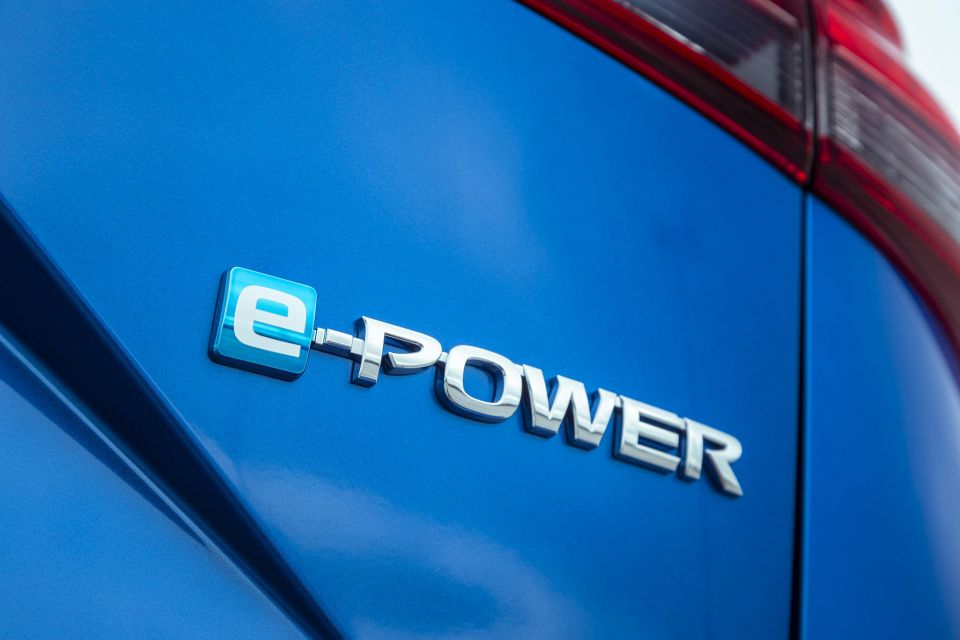
Share your thoughts with us in the comments!
CarExpert helps new car buyers save thousands with expert reviews, honest advice, and transparent pricing – no dealer pressure and no sales games.
James is an automotive journalist based in Melbourne, Australia. Before joining CarExpert.com.au in 2020, James has worked at leading auto media outlets including Carsales and CarAdvice, as well as at Pulse agency for Ford Australia's communications team. In 2019 James made Mumbrella's 'Top 20 most prolific web authors in Australia' list after publishing 1,360 articles between March 1, 2018 and February 28, 2019 for CarAdvice. James is also an Ambassador for Drive Against Depression – an Australian charity whose mission is to support mental wellness through the freedom of driving and a shared love of cars.


Matt Campbell
5 Days Ago
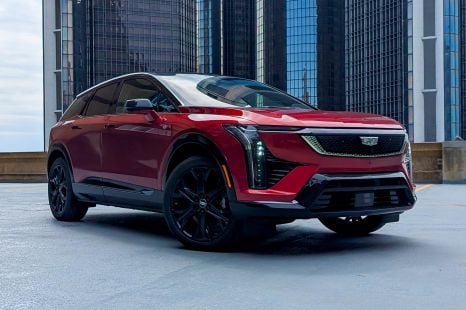

William Stopford
3 Days Ago
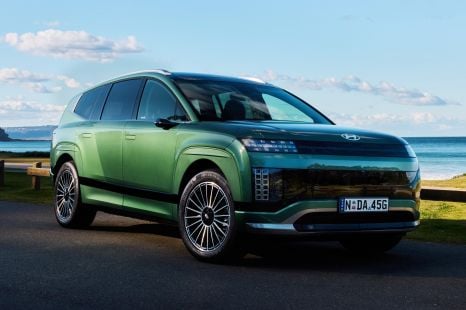

Josh Nevett
2 Days Ago
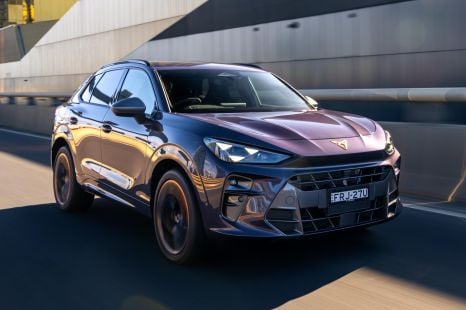

James Wong
2 Days Ago


Max Davies
2 Days Ago
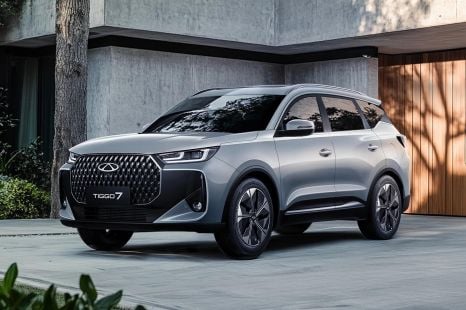

William Stopford
1 Day Ago